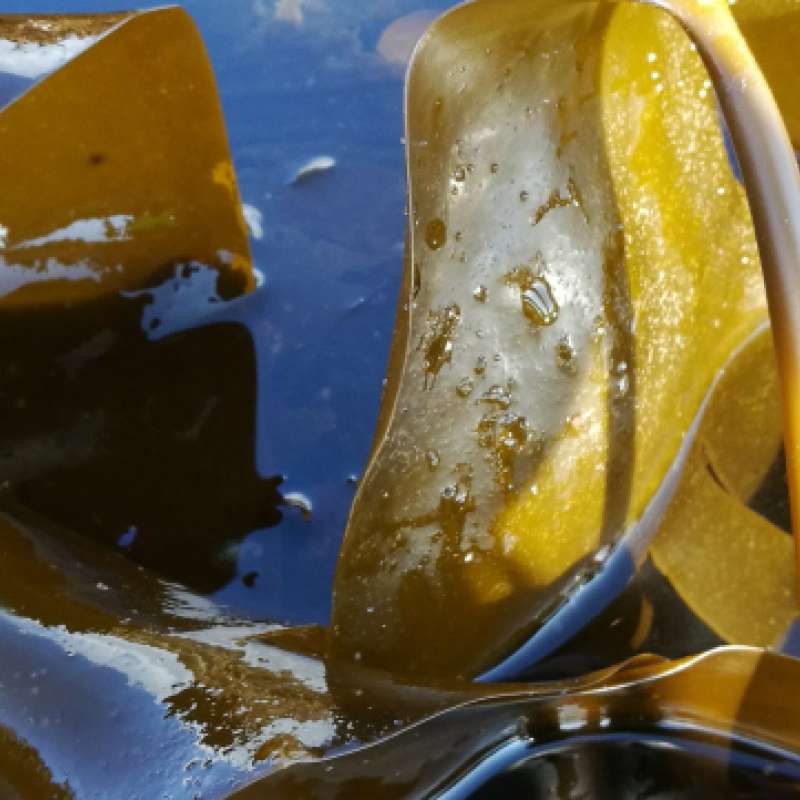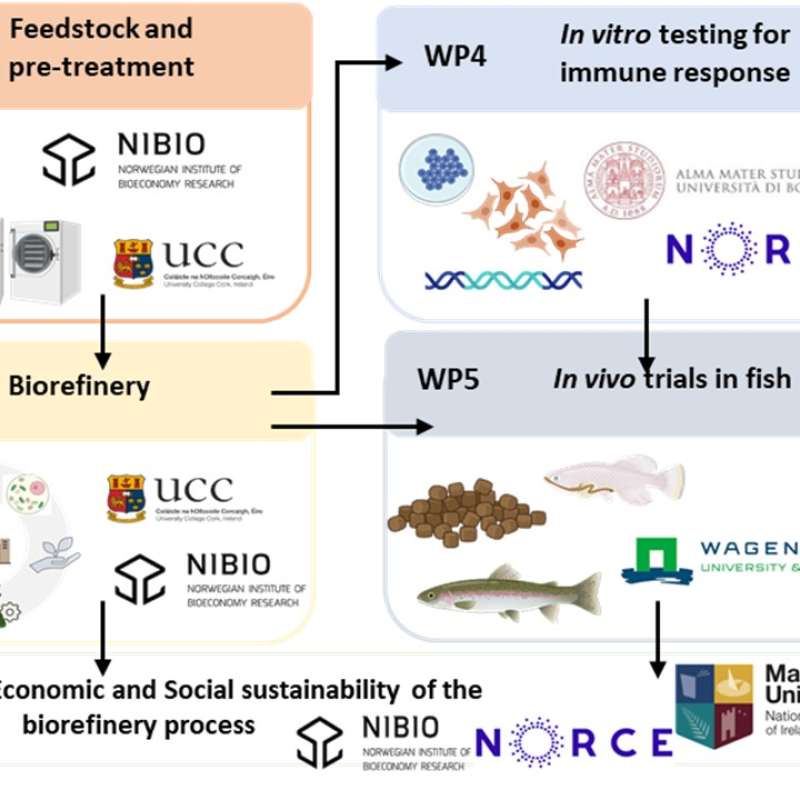Abirami Ramu Ganesan
Forsker
(+47) 922 41 654
abirami.ganesan@nibio.no
Sted
Bodø
Besøksadresse
Torggården, Kudalsveien 6, NO-8027 Bodø
Sammendrag
Det er ikke registrert sammendrag
Sammendrag
Det er ikke registrert sammendrag
Sammendrag
Det er ikke registrert sammendrag

Divisjon for matproduksjon og samfunn
OceanGreen: Maximizing Economic Value through Restored Kelp Forests and Sustainable Fisheries
Målet med OceanGreen er å finne metoder for å gjenopprette tareskoger i Nord-Norge, gjennom bærekraftig høsting av kråkeboller. I prosjektet vil en også undersøke hvordan en kan lage verdifulle industriprodukter av de enkelte fraksjonene i den høstede biomassen. OceanGreen eies av Ava Ocean. Lenke til prosjektsiden hos Ava Ocean finner du til venstre på siden.

Divisjon for matproduksjon og samfunn
OceanGreen: Maximizing Economic Value through Restored Kelp Forests and Sustainable Fisheries
The OceanGreen project aims to restore and protect kelp forests along the Norwegian coast, develop sea urchin removal technologies, and create commercially viable products from harvested sea urchins. It focuses on kelp forest restoration, scalable technologies, sea urchin utilisation, collaboration, and coastal community revitalisation. Ava Ocean is the project owner, you'll find a link to their their project-site on the left side of this page.

Divisjon for matproduksjon og samfunn
AquaUP - Aquafeed Upgraded: Enhancing Immune Function of Fish with Seaweed-modified Functional Compounds
The aquaculture industry is anticipating intensive production growth to meet future food demand. Yet, this growth is constrained by a number of challenges, not least including disease spread and use of antibiotics and chemicals to combat or reduce disease outbreaks.
